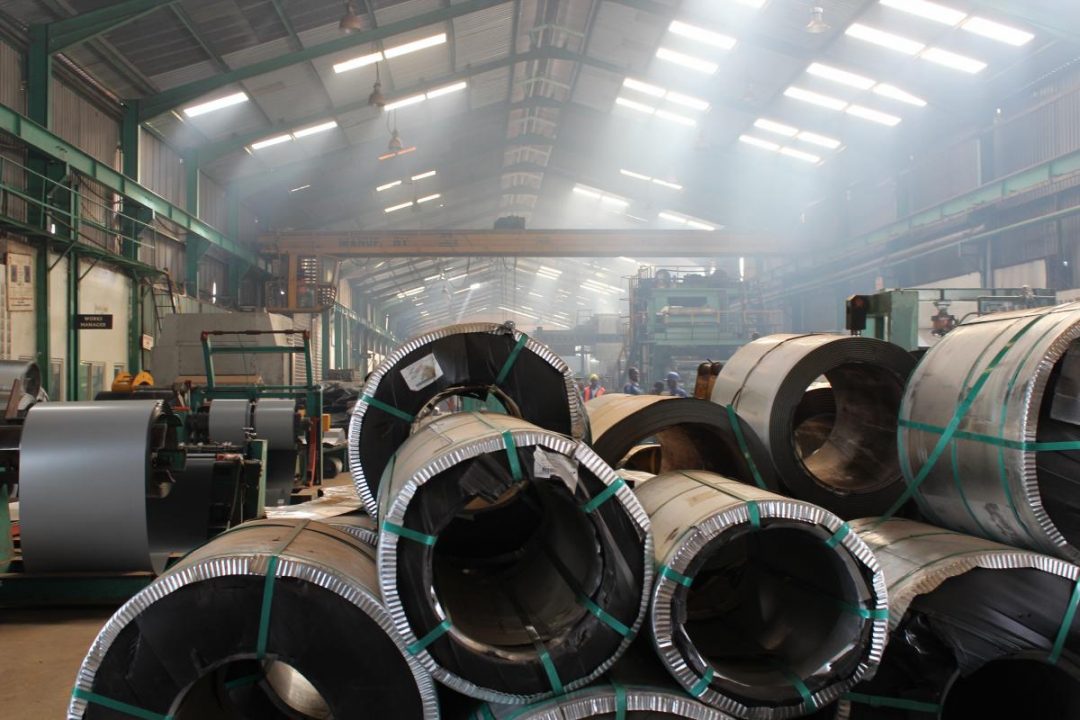Mark Brennan, Emily Gooding
Partners: United Nations World Food Programme (WFP), United States Agency for International Development (USAID), Makerere University
Various technologies have been developed to improve post-harvest food storage and reduce PHL. These products include silos, metal canisters/drums, cold chain storage containers, woven bags, plastic bags, insect-proof containers, and adaptations to traditional storage technologies. Many of these products have already been piloted in small-scale programs around the world, and the interventions have improved the lives of smallholder farmers in Africa, Southeast Asia, and Central America.
The impact of smallholder farmers’ capabilities to store crops safely and effectively on communities and local and regional procurement efforts is relatively unexplored. This is especially true when considering the ecosystem that stretches from storage design and manufacturing to storage adoption and training. The MIT CITE team is studying this post-harvest storage and crop ecosystem in Uganda in collaboration with WFP, where the WFP is running a PHS pilot project with 16,000 farmers. The CITE team is analyzing two aspects of PHS: (1) the value that PHS creates for smallholder farmers and communities, and (2) the barriers to scale of PHS.

